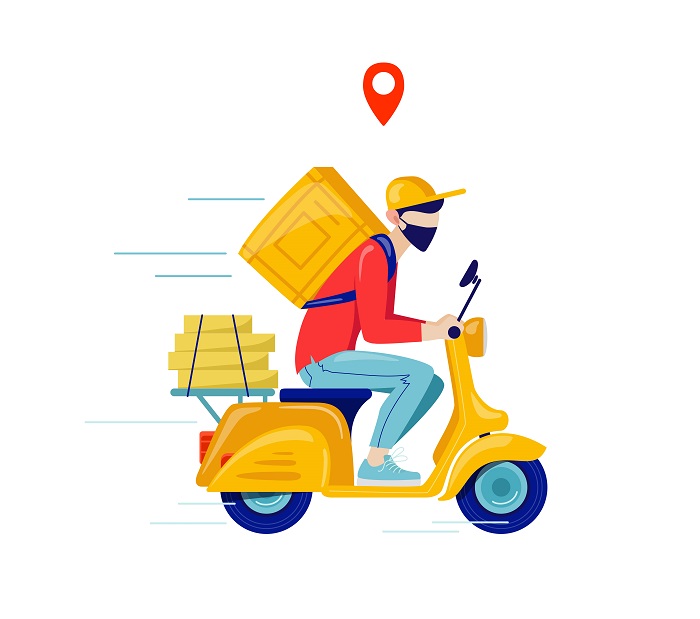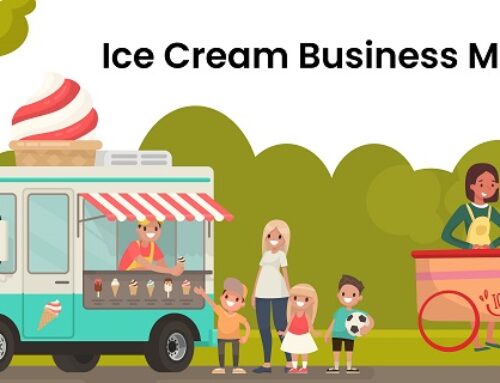With the advent of technology, humans have made great progress. Be it food, transport, or house, you can find everything online. In this article, we will discuss food delivery and the different aspects of third-party and in-house food delivery.
Amid the pandemic crisis when everyone was locked down inside the home, online food delivery has created a benchmark. Now the question is which is more beneficial- in-house or third party? Let’s discuss it one by one.

Deciding on In-house delivery might be a tedious task. Managing the staff, delivery person, and vehicle is a challenging task. Additionally, you will have to bear the charges like fuel, a good quality delivery bag, time-to-time employee bonus, vehicle maintenance, etc.
Also, read – How to Tie up with Swiggy (Step by Step Guide)
Pros of in-house delivery
-
As an owner, you have direct interaction with your staff and customers without any third-party intervention.
-
You have the authorization to monitor, track the existing food process, and make changes to it.
-
You get total benefit from the production and supply without commission sharing to any third-party delivery company.
-
Managing on your own allows you the chance to implement new ideas. You can create a new Android app to promote it or you may gain attention on social media.
Cons of in-house delivery
-
Management of in-house is not easy when it comes to capital. You need to be prepared with a lot of working cash.
-
Food delivery nowadays is a big competition. The market is competitive and you need to have good expertise in logistics; otherwise, your business may see a downfall.
-
Running an in-house delivery is a responsible task. If anything goes wrong, or be at fault for a food item or delivery delay, the restaurant loses its credit and the trust of the customer.
Also, read – What is an online food ordering system

Third-party food delivery
We are all well aware that food-delivery apps like Swiggy, Zomato, etc. are winning customers hearts with their instant doorstep delivery. Partnering with them may give you an amazing experience. Let’s have a look at the pros and cons.
Pros of third-party delivery
-
It’s easy and convenient to partner with and makes deliveries with the help of a mobile app.
-
No need for separate promotions for restaurants as food delivery platforms are already famous and that offer you credit.
-
You just need to focus on quality food and the rest of the logistics part is managed by the delivery partner, so less hassle.
-
No need for large capital to invest in logistics
Cons of third-party delivery
-
Of course, you will have to share a good margin as a commission (nearly 20-35%) with the delivery partner instead of the delivery services.
-
There is less direct communication scope with the consumer as everything is managed by the partner channel.
-
The customer remembers the brand of the delivery partner, not the restaurant, so individual identity may be lost.
Conclusion: Which option to opt for?
See, both in-house and third-party delivery have their pros and cons, but you should decide according to your current resources and requirements. If you are an established brand you can manage your in-house infrastructure, but in case you are recently getting started, it is recommended to partner with a third-party delivery company.






![What is Stock Audit? [How to Perform It & Its Advantages]](/wp-content/uploads/2022/12/Blog_Image_700x400_68-500x383.jpg)


![How to Start Catering Business [Ideas, Plan & Item List]](/wp-content/uploads/2022/09/8b78cc_08060cb445e048ecb631cb39802cb5f7_mv2-500x383.webp)
Leave A Comment